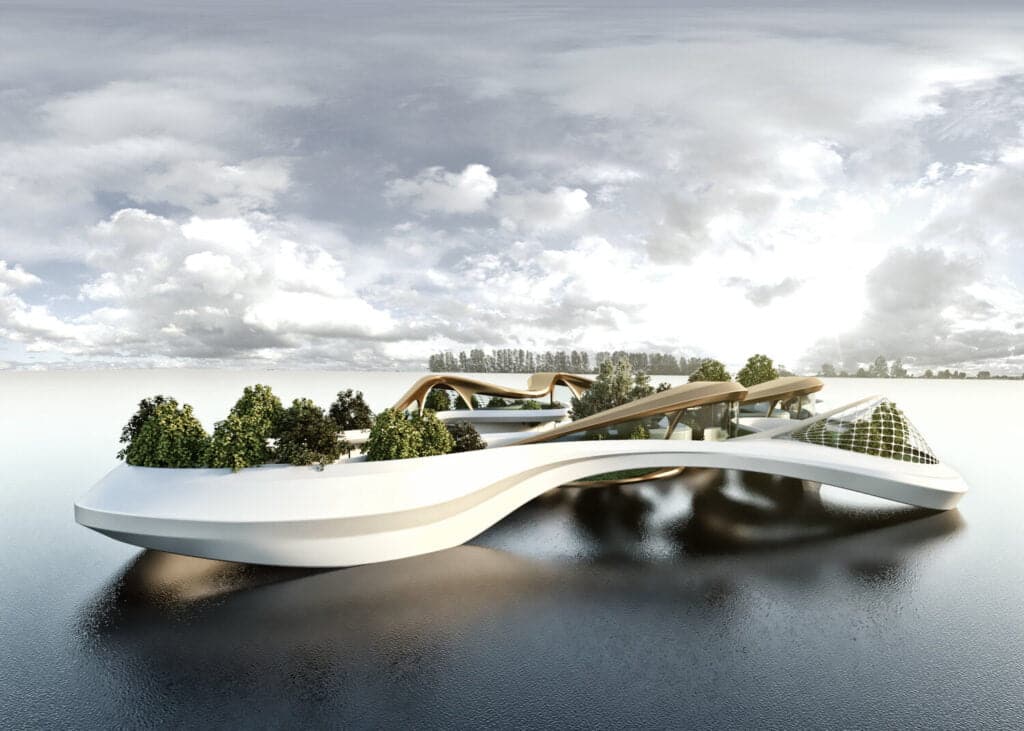Floating Green City it is currently a concept, an experimental idea that represents how we could live tomorrow. Like other solutions, however, even those already in the pipeline (I am thinking of the construction of the floating city in the Maldives) acts as a "score" for the ideas of the future.
As urban areas become more crowded, building new land or houseboats has become an attractive idea. Miroslav Naskov, London-based architect of minD, presents Floating Green City. In fact, it is an experimental research on future urban cities in symbiosis with the environment.
Why in symbiosis?

The city would use many varieties of plant species for its development and, at the same time, create a self-sufficient ecosystem. Easier said than done, I guess. And in fact it is still talked about: obtaining a symbiosis between urban and environmental development still appears as a form of utopia.
Between saying and doing there is the sea in the middle (indeed, there is below)
Floating cities, if carefully designed and developed, can provide more space to the world and avoid environmental damage in the process. At the moment, the idea of building a floating city seems like just wishful thinking, yet many architects have imagined how to shape our urban construction where cities can be built on water. These cities must be climate neutral and fully sustainable, they must also create symbiotic relationships with their environment.

However, the main purpose of this floating architecture concept is very concrete. Explore the current and near future possibilities of architecture. And do it through projects, albeit experimental. Green Floating City brings together imagination, creativity and technology in a multidisciplinary framework. Perhaps this is precisely the true "symbiosis": the multidisciplinary approach.


